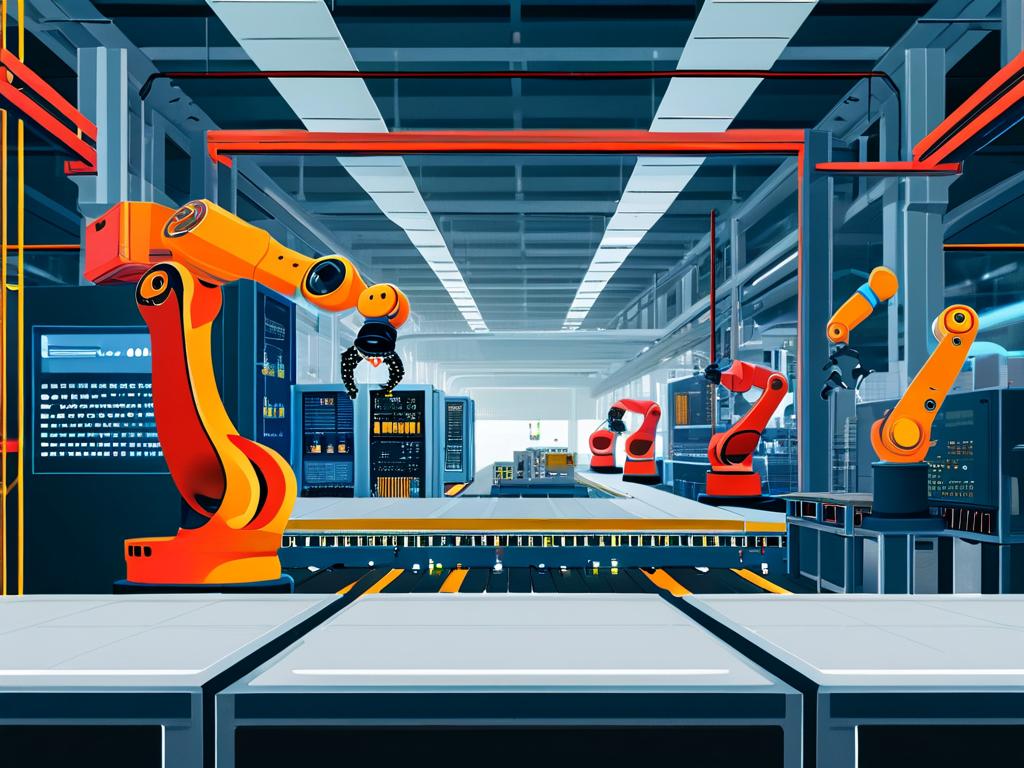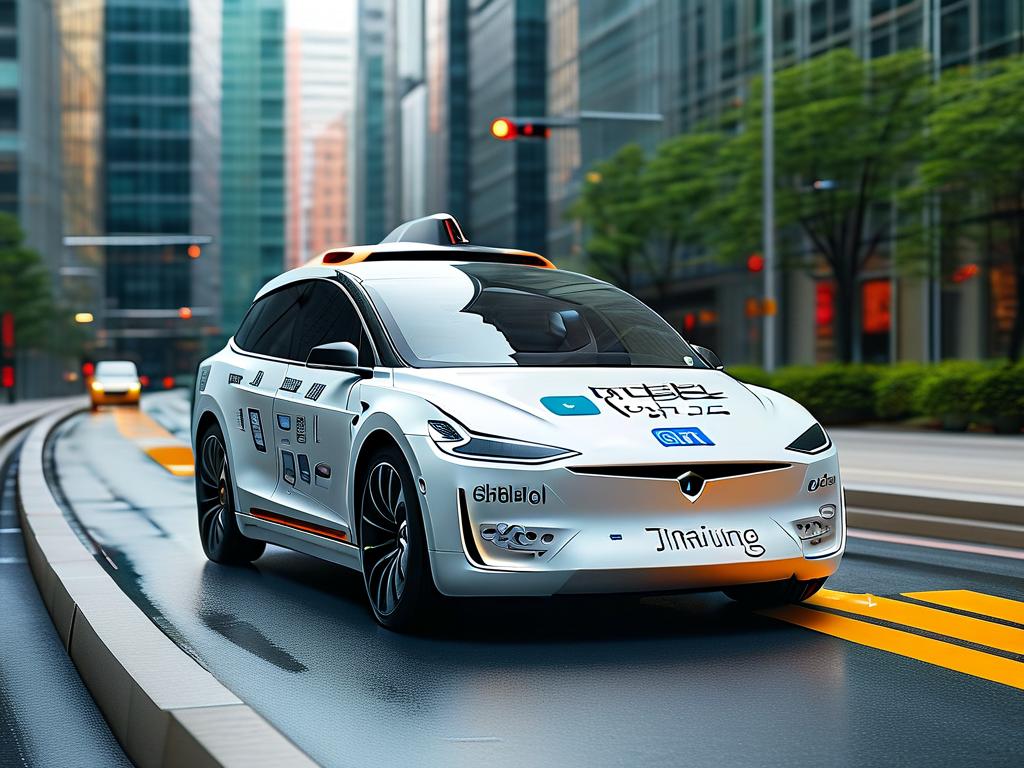The evolution of artificial intelligence has been driven by groundbreaking algorithms that enable machines to learn, predict, and adapt. While AI applications span diverse industries, their core functionality relies on a handful of foundational algorithms. This article explores seven critical algorithms shaping contemporary AI systems, their real-world applications, and emerging trends in algorithmic development.

1. Neural Networks: The Backbone of Deep Learning
Neural networks mimic human brain structures through interconnected layers of artificial neurons. Convolutional Neural Networks (CNNs) excel in image recognition tasks, powering facial recognition systems and medical imaging diagnostics. Recurrent Neural Networks (RNNs), with their memory-like architecture, drive natural language processing (NLP) applications such as chatbots and translation services. A 2023 study revealed that hybrid architectures like Transformer-based models now achieve 98% accuracy in multilingual text parsing.
2. Decision Trees and Random Forests
These interpretable algorithms remain popular for classification tasks in finance and healthcare. Random Forests, which aggregate multiple decision trees, reduce overfitting risks while maintaining transparency. For instance, major banks employ these algorithms for credit scoring, where explainable decisions are legally mandated. A recent implementation at a European bank improved loan default prediction accuracy by 22% compared to traditional statistical models.
3. Support Vector Machines (SVMs)
SVMs continue to thrive in high-dimensional data classification. Their ability to find optimal hyperplanes makes them ideal for bioinformatics and handwriting recognition. Modern variations like Nu-SVM incorporate probabilistic outputs, bridging the gap between classical machine learning and neural networks.
4. Clustering Algorithms
K-means and DBSCAN dominate unsupervised learning scenarios. E-commerce platforms leverage these for customer segmentation, while cybersecurity systems detect anomalies in network traffic. A novel application emerged in 2024: urban planners using density-based clustering to optimize public transit routes in smart cities.
5. Reinforcement Learning (RL)
RL algorithms power autonomous systems through reward-based learning. From robotics to game AI (like AlphaGo), these models excel in dynamic environments. Recent advancements in Deep Q-Learning have enabled industrial robots to adapt to unstructured factory environments with 40% fewer training iterations.
6. Gradient Boosting Machines
XGBoost and LightGBM remain top choices for structured data challenges. Their sequential error-correction approach delivers superior performance in Kaggle competitions and business analytics. A retail chain recently reported a 15% boost in inventory prediction accuracy after switching to gradient-boosted models.
7. Generative Adversarial Networks (GANs)
These dual-network architectures revolutionized content generation. Beyond creating synthetic media, GANs now assist drug discovery by generating molecular structures. Researchers at MIT recently utilized conditional GANs to design novel protein folds, accelerating vaccine development timelines.
Emerging Trends and Ethical Considerations
Algorithmic development now emphasizes energy efficiency, with sparse neural networks reducing computational costs by up to 70%. However, biases in training data remain a critical concern—a 2024 audit found racial bias in 34% of commercial facial recognition systems. Regulatory frameworks like the EU's AI Act now mandate algorithmic transparency for high-risk applications.
As quantum computing matures, hybrid quantum-classical algorithms are emerging. IBM's Qiskit framework already supports quantum-enhanced machine learning prototypes, hinting at future performance leaps. Meanwhile, neuromorphic chips designed to emulate neural architectures promise to reduce power consumption for edge AI devices.
In , understanding these core algorithms provides insight into AI's capabilities and limitations. While neural networks dominate headlines, classical algorithms like SVMs and decision trees retain crucial roles in specific domains. The future lies in algorithmic hybridization—combining interpretability, efficiency, and predictive power to create responsible AI systems.









